I'm trying to create an animation in my app when a particular action happens which will essentially make the background of a given element change colour and back x number of times to create a kind of 'pulse' effect. The application itself is quite large, but I've managed to re-create the issue in a very basic app.
So the ContentView is as follows:
struct ContentView: View {
struct Constants {
static let animationDuration = 1.0
static let backgroundAlpha: CGFloat = 0.6
}
@State var isAnimating = false
@ObservedObject var viewModel = ContentViewViewModel()
private let animation = Animation.easeInOut(duration: Constants.animationDuration).repeatCount(6, autoreverses: false)
var body: some View {
VStack {
Text("Hello, world!")
.padding()
Button(action: {
animate()
}) {
Text("Button")
.foregroundColor(Color.white)
}
}
.background(isAnimating ? Color.red : Color.blue)
.onReceive(viewModel.$shouldAnimate, perform: { _ in
if viewModel.shouldAnimate {
withAnimation(self.animation, {
self.isAnimating.toggle()
})
}
})
}
func animate() {
self.viewModel.isNew = true
}
}
And then my viewModel is:
import Combine
import SwiftUI
class ContentViewViewModel: ObservableObject {
@Published var shouldAnimate = false
@Published var isNew = false
var cancellables = Set<AnyCancellable>()
init() {
$isNew
.sink { result in
if result {
self.shouldAnimate = true
}
}
.store(in: &cancellables)
}
}
So the logic I am following is that when the button is tapped, we set 'isNew' to true. This in turn is a publisher which, when set to true, sets 'shouldAnimate' to true. In the ContentView, when shouldAnimate is received and is true, we toggle the background colour of the VStack x number of times.
The reason I am using this 'shouldAnimate' published property is because in the actual app, there are several different actions which may need to trigger the animation, and so it feels simpler to have this tied to one variable which we can listen for in the ContentView.
So in the code above, we should be toggling the isAnimating bool 6 times. So, we start with false then toggle as follows:
1: true, 2: false, 3: true, 4: false, 5: true, 6: false
So I would expect to end up on false and therefore have the background white. However, this is what I am getting:
I tried changing the repeatCount (in case I was misunderstanding how the count works):
private let animation = Animation.easeInOut(duration: Constants.animationDuration).repeatCount(7, autoreverses: false)
And I get the following:
No matter the count, I always end on true.
Update:
I have now managed to get the effect I am looking for by using the following loop:
for i in 0...5 {
DispatchQueue.main.asyncAfter(deadline: .now() + Double(i), execute: {
withAnimation(self.animation, {
self.isAnimating.toggle()
})
})
}
Not sure this is the best way to go though....

